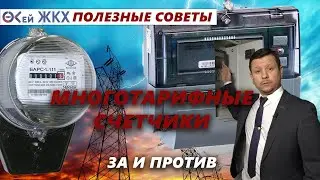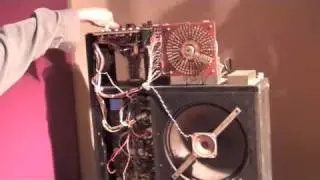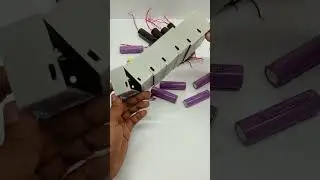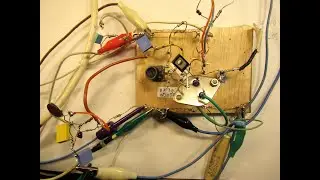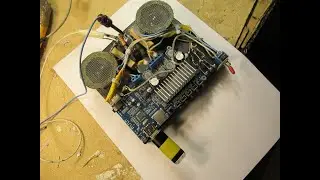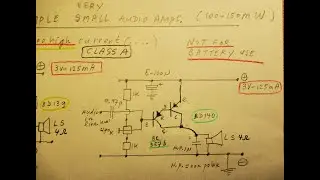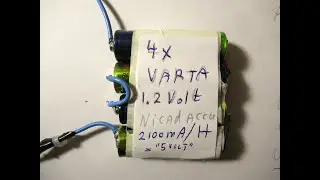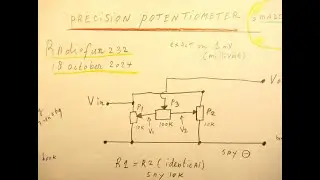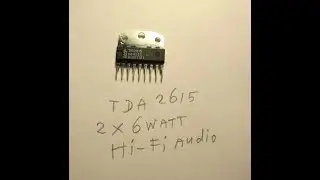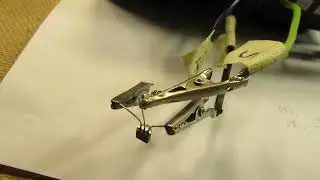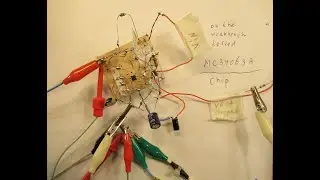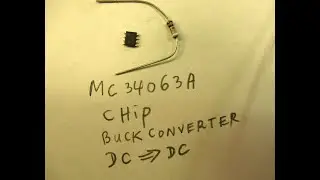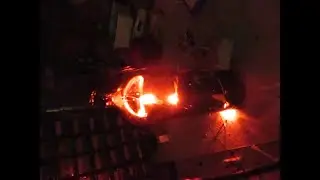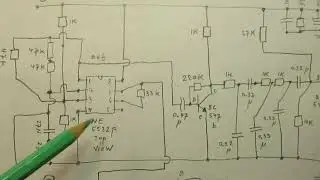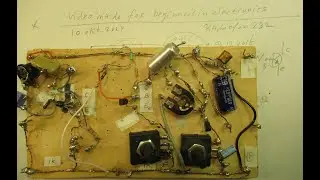How to bring a VFO or local Oscillator (LO) e.g. for a SW Radio into the right freq. band (demo)
Please read the description/textbox first.
In this video I show how you can bring a classical old school analog transistor oscillator with a FET “into the band”, that is: into certain frequency bands. By making/testing/using different coils.
These experimentally wound (or factory made) coils (with a ferrite core or not) are all bridged with a 10-500 pF tuning capacitor. That inductance can be between 3.5 milliHenry and 5 (or 1) micro Henry.
That means that this oscillator can work with coils of completely different magnitudes. Between (say) 118 KC and 12 MC. Below 700 KC slight corrections to the waveform (more pure) can be made by soldering a resistor (I used 10 K, but experiment!) parallel to the coil. Bringing a coil "in the band" can also be done by soldering small fixed value capacitors (50 pF-220pF) parallel to the coil.
The SCHEMATIC of the 1 FET (BF 256A) transistor oscillator that I use here is not published in this video, but in an EARLIER video of 18 February 2023:
It is here • VLOG 6: Sine Wave oscillator 130 KC-8...
In the description of this earlier video there is/are more info & links to video’s about the development of this FET circuit. It was developed as a FET test oscillator between 300 KC-8 MC, but you can get (like I show) it to (say) 12 MC. With lower inductance coils (max. say 5-1 uH).
Reason is that this circuit (with the BF 256A Field Effect Transistor) is very “eager” to oscillate.
To get an idea about the frequency ranges (with a tuning capacitor 20 pF-500 pF):
3.9 mH=118 KC-130 KC
470 uH=218 KC-332 KC
560 uH=229 KC-336 KC
330 uH=306 KC-452 KC
120 uH=474 KC-714 KC
Other coils (smaller than 120 uH) = 1 MC-12 MC.
Please note: with coils (470 uH-1 uH) bought via Ali Baba, say “Chinese made” it could be (!) that there are problems: (1) no oscillation (2) bad waveforms. But, on the other hand, some of these cheap coils (I bought a set from 1 mH-1uH) worked good...
Test/try this, because this FET is eager to oscillate. Use a freq. counter and an oscilloscope.
That (in general) means that you need coils with a good Q (=quality factor) to get a proper sine wave + an easy oscillation over a broad frequency band.
High Q coils are made in this way: (a) with a visible ferrite core (b) as air coils where the highest Q is reached when the width of the windings is spread over half of the diameter of the coil.
Say: a coil form of plastic or cardboard with a diameter of 1 cm, windings spread over 5 mm on that form, makes the highest Q. Source: Dutch (Radio) vademecum of the 1950’s.
The used FET oscillator is showed in • VLOG 6: Sine Wave oscillator 130 KC-8...
It can work with coils between 118 KC and max. 12 MC. Please note: paralleled to all the coils there is always a tuning capacitor that goes from 10-500 pF.
Please note: the output is very high impedance. Thus connecting the oscillator output (via that 68 pF capacitor) to a too low resistive “load” will/can have the effect that the oscillation stops, so that the circuit does not work (!).
Connected to an 1 Mega Ohm load (standard input impedance of oscilloscopes) it always works.
I will make a buffer stage in the future to solve that problem, so follow the developments. It is quite easy to make, that buffer stage.
The reason that you see (in this video) that some coils are horizontally mounted and others vertically mounted is that you must avoid electromagnetic coupling.
Interested? More background info is here.
Earlier links:
Vlog 1 (3 feb. 2023) = • Rebuilding/downgrading a high Q Farne...
Vlog 2 = • Rebuilding/downgrading a High Q Farne...
Vlog 3 = • Rebuilding/downgrading a high Q Farne...
Vlog 4 = • About the remake of the HQ Farnell si...
Vlog 5= • Sine wave oscillator for 120 KC - 8 M...
My You Tube channel trailer is here: • Radiofun232 on YouTube. Updated month...
When you search, search always “NEWEST FIRST” to get the right overview. You can also search via the “looking glass” on my Channel trailer via keywords like ”audio”, “radio”, “amplifier”, “filter”, “Shortwave”, “transistor”, “FET”, “oscillator”, “generator”, “switch”, “schmitt trigger” etc; so the electronic subject you are interested in.
My books about electronics & analog radio technology are available via the website of "LULU”, search for author “Ko Tilman” there.
https://www.lulu.com/search?adult_aud...
I keep all my YT videos constant actual, so the original video’s with the most recent information are always on YouTube. Search there, and avoid my circuits that are republished, re-arranged, re-edited on other websites, giving not probable re-wiring, etc. Some persons try to find gold via my circuits. I take distance from all these fake claims. I cannot help that these things happen. Upload 22 Feb. 2023.
![[Raw, Boring] Four Random Landings](https://images.mixrolikus.cc/video/wacFCUJeWzc)

